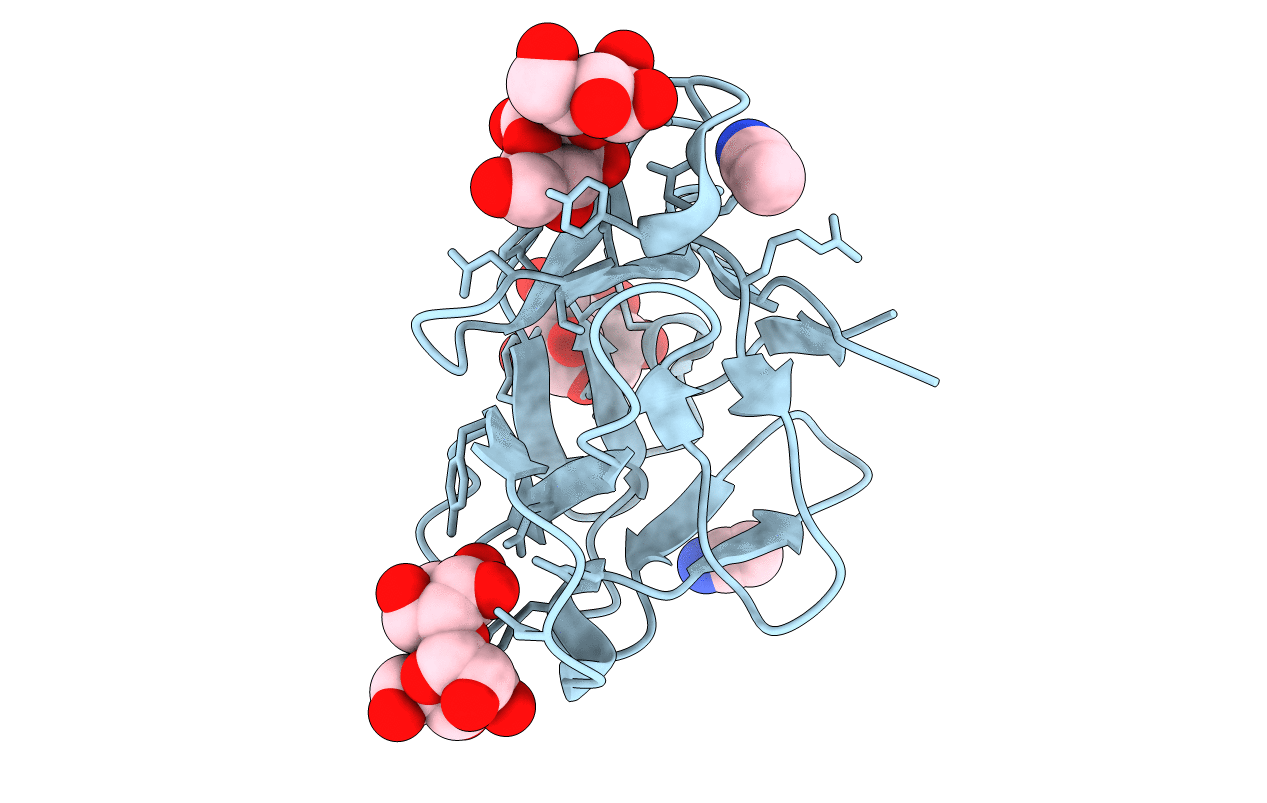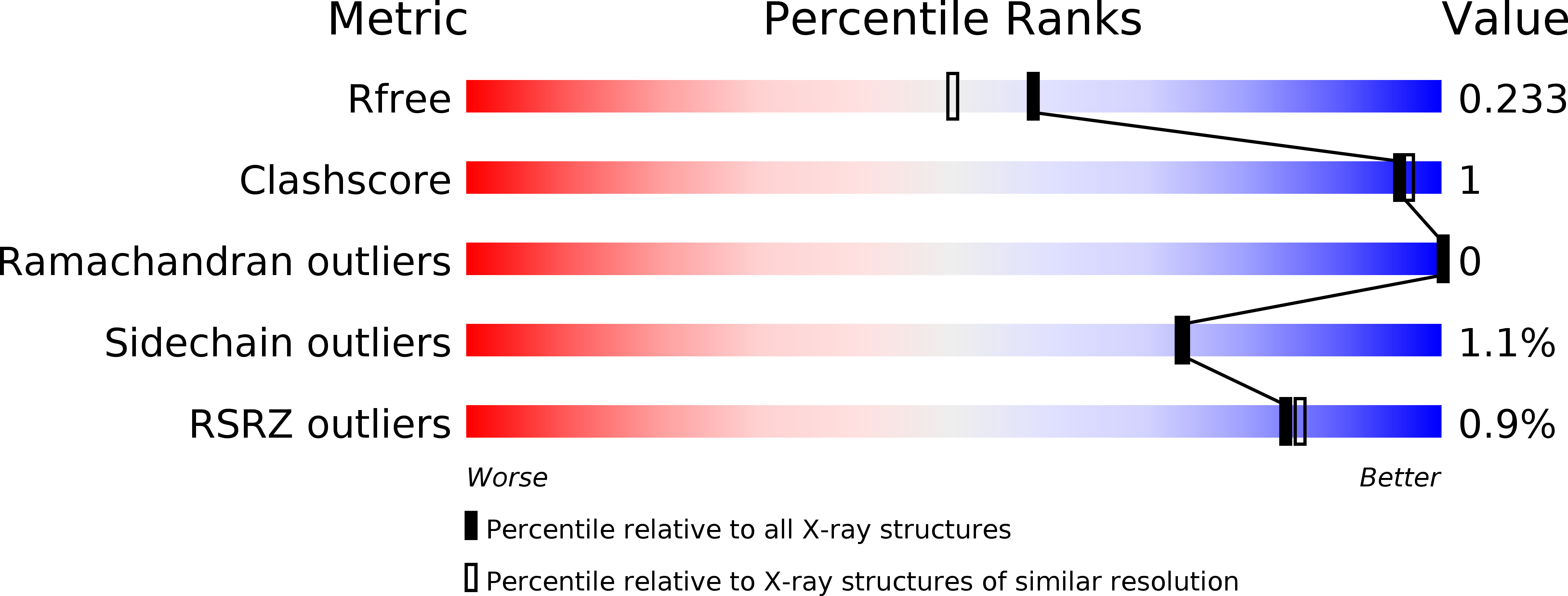
Deposition Date
2012-04-13
Release Date
2013-07-17
Last Version Date
2025-08-06
Entry Detail
PDB ID:
4END
Keywords:
Title:
Crystal structure of anti-HIV actinohivin in complex with alpha-1,2-mannobiose (P 2 21 21 form)
Biological Source:
Source Organism:
Actinomycete sp. (Taxon ID: 237531)
Method Details:
Experimental Method:
Resolution:
1.90 Å
R-Value Free:
0.23
R-Value Work:
0.16
R-Value Observed:
0.16
Space Group:
P 2 21 21


